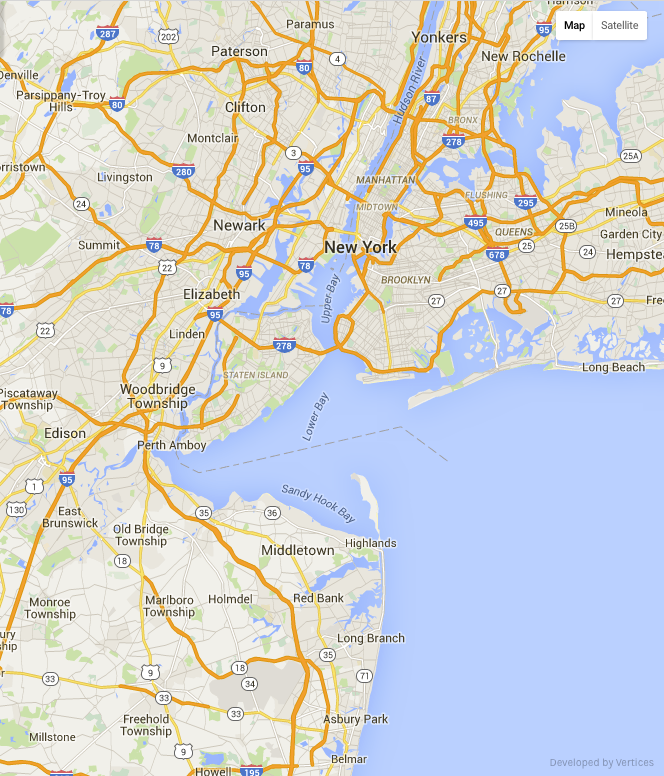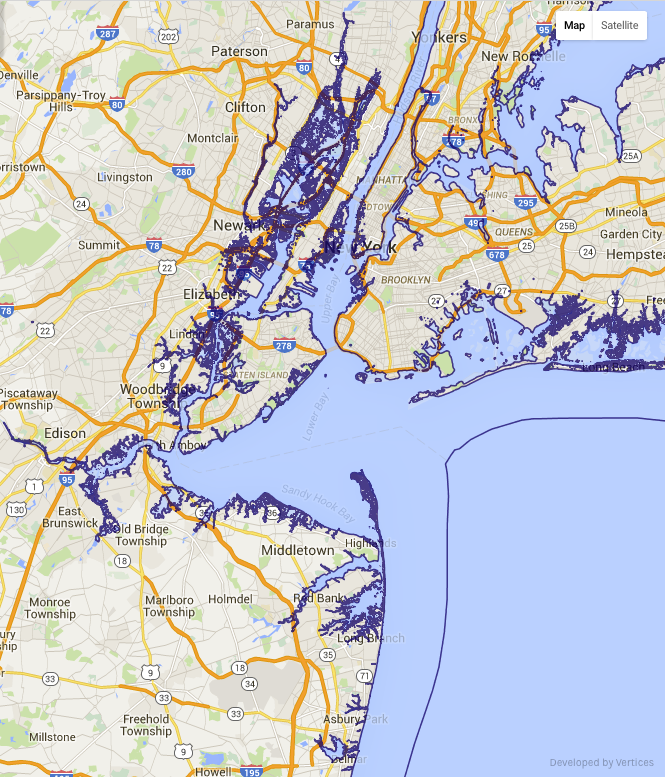Join us in Washington DC for the 2016 GIS and Health Symposium! This year’s theme is “Mapping the Way to Healthy Communities” and our very own Dr. Wansoo Im will be speaking along with Alyssa Randall from Planning Communities, on June 1st from 8:30am to 12:00pm. Wansoo Im is an Associate Professor at Meharry Medical College and CEO and founder of Vertices LLC.
Learning Objectives: Provide participants with an understanding of how to actively conduct health resource, barriers and opportunities mapping inventories in the field to support local planning and project initiatives, by working with a local data from the Washington DC region. Through this workshop participants will learn about the types of health data sources and how to utilize available data, prepare for a field inventory, and collect field data including those resources not traditionally or typically mapped.
Workshop Overview: Local planning agencies, health departments, community organizations and other entities are increasingly addressing health considerations in planning and development initiatives. With significant variation in the level and quality of health-related GIS data available, as well as the need to encompass a broad range of resources that contribute to health outcomes, field data collection plays a critical role in ensuring that a comprehensive inventory of health resources, environmental barriers and opportunities is prepared to support policy, plan and project development. This workshop will review a broad range of data sets and mapping available and tips for compiling available geospatial information in preparation for fieldwork. Participants will discuss gaps in available data, as well as features and attributes to be collected or verified in the field considering a full range of resources that contribute to individual and community health and well-being. A local field review will be conducted and participants will have the opportunity to collect health related data just outside the doors of the GIS & Health Symposium. Come join us for this hands-on experience!
Additional registration fee for preconference workshops: $95 for URISA or APHA members/$125 for nonmembers
Click here for more information. All information is from gishealth2016.sched.org. The event is held by The Urban and Regional Information Systems Association in partnership with the American Public Health Association









You must be logged in to post a comment.